
A Practical Primer on Geostatistics
Versandkostenfrei!
Versandfertig in über 4 Wochen
32,99 €
inkl. MwSt.
Weitere Ausgaben:

PAYBACK Punkte
16 °P sammeln!
THE CHALLENGE Most geological phenomena are extraordinarily complex in their interrelationships and vast in their geographical extension. Ordinarily, engineers and geoscientists are faced with corporate or scientific requirements to properly prepare geological models with measurements involving a small fraction of the entire area or volume of interest. Exact description of a system such as an oil reservoir is neither feasible nor economically possible. The results are necessarily uncertain. Note that the uncertainty is not an intrinsic property of the systems; it is the result of incomplete kn...
THE CHALLENGE Most geological phenomena are extraordinarily complex in their interrelationships and vast in their geographical extension. Ordinarily, engineers and geoscientists are faced with corporate or scientific requirements to properly prepare geological models with measurements involving a small fraction of the entire area or volume of interest. Exact description of a system such as an oil reservoir is neither feasible nor economically possible. The results are necessarily uncertain. Note that the uncertainty is not an intrinsic property of the systems; it is the result of incomplete knowledge by the observer. THE AIM OF GEOSTATISTICS The main objective of geostatistics is the characterization of spatial systems that are incompletely known, systems that are common in geology. A key difference from classical statistics is that geostatistics uses the sampling location of every measurement. Unless the measurements show spatial correlation, the application of geostatistics is pointless. Ordinarily the need for additional knowledge goes beyond a few points, which explains the display of results graphically as fishnet plots, block diagrams, and maps. GEOSTATISTICAL METHODS Geostatistics is a collection of numerical techniques for the characterization of spatial attributes using primarily two tools: probabilistic models, which are used for spatial data in a manner similar to the way in which time-series analysis characterizes temporal data, or pattern recognition techniques. The probabilistic models are used as a way to handle uncertainty in results away from sampling locations, making a radical departure from alternative approaches like inverse distance estimation methods. DIFFERENCES WITH TIME SERIES On dealing with time-series analysis, users frequently concentrate their attention on extrapolations for making forecasts. Although users of geostatistics may be interested in extrapolation, the methods work at their best interpolating. This simple difference has sig This work has been selected by scholars as being culturally important, and is part of the knowledge base of civilization as we know it. This work was reproduced from the original artifact, and remains as true to the original work as possible. Therefore, you will see the original copyright references, library stamps (as most of these works have been housed in our most important libraries around the world), and other notations in the work. This work is in the public domain in the United States of America, and possibly other nations. Within the United States, you may freely copy and distribute this work, as no entity (individual or corporate) has a copyright on the body of the work. As a reproduction of a historical artifact, this work may contain missing or blurred pages, poor pictures, errant marks, etc. Scholars believe, and we concur, that this work is important enough to be preserved, reproduced, and made generally available to the public. We appreciate your support of the preservation process, and thank you for being an important part of keeping this knowledge alive and relevant.



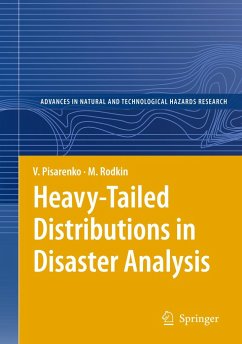

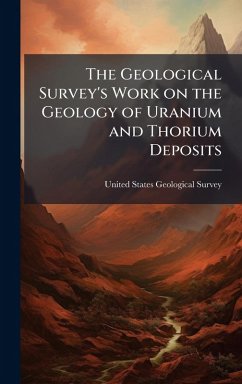

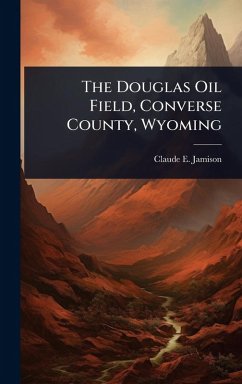
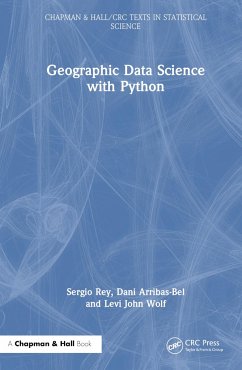
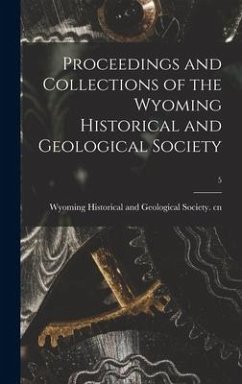
![Report on the Sudbury Mining District [microform]: to Accompany Sheet 130, Series of Geologically Coloured Maps of Ontario Cover Report on the Sudbury Mining District [microform]: to Accompany Sheet 130, Series of Geologically Coloured Maps of Ontario](https://bilder.buecher.de/produkte/71/71676/71676692n.jpg)

